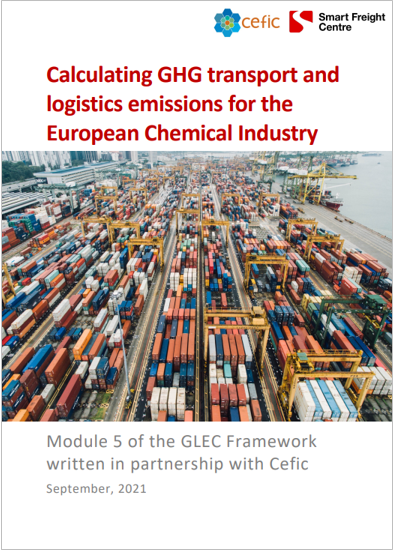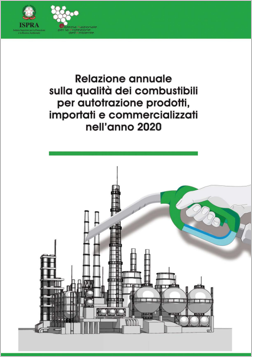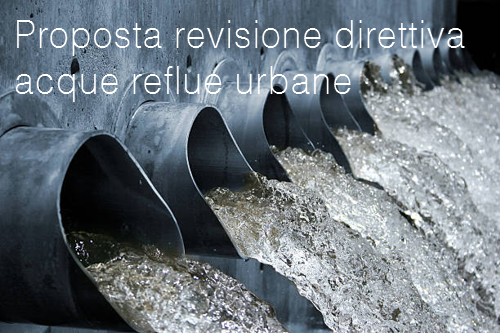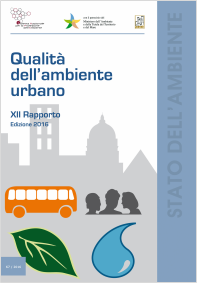
Calculating GHG transport and logistics emissions for the European Chemical Industry
Cefic and ECTA - September 2021
The members of Cefic, representing the majority of the chemical industry in Europe, recognize the importance of reducing the overall environmental impact of freight transport. Hence, knowledge about the GHG emissions that result from the transport of goods within their supply chain, both inbound to their production plants and outbound to their customers, is important to them. These guidelines support them in gaining this knowledge, so enabling them to take steps to reduce their impact.
Cefic and ECTA, representing the specialist transport companies who work on behalf of the chemical producers, published a first guideline for the calculation of tank to wheel GHG emissions from freight transport operations applicable to the European chemical sector in March 2011. Since then there have been many developments in the field of GHG emission accounting, both in general and specifically for freight transport operations, including the EN16258 standard published in 2012 and the GLEC Framework first published in 2016. Nonetheless, the fundamentals of the process remain the same:
- Establish the amount and type of fuel used for the transport service in question
- Convert the fuel use to a well-to-wheel GHG emission value, expressed as mass of CO2e
- Relate the GHG emissions, including those from cleaning and warehousing, to the transport and logistics activity, expressed in tonne-kilometers, provided by the service
- Report both the total GHG emissions and the emission intensity, expressed as mass of CO2e per tonne km
This process is set out in more detail Chapter 1-3 of the GLEC Framework.
This updated report reflects changes that have occurred in the past decade and represents an opportunity for the sector to respond to increasing pressure from investors, legislation and customers to reduce GHG emissions from freight transport activities in particular, given its classification as a ‘hard to abate’ sector. Implementing this guidance will show that the sector is adopting current best practice, adapted specifically for the chemical industry, and is preparing itself for the decarbonization challenge that will become increasingly apparent in the coming years.
The scope of the GHG emission calculation covered in this report includes the transport and logistics activities directly related to the chemical industry supply chain. The primary focus are the transport and logistics operations the companies are contractually responsible for, which are primarily the transport of finished goods to their customers. Estimates may also be made for transport operations within the supply chain that are the responsibility of other entities, for example inbound transport of raw materials, although any such estimates will inevitably be subject to greater uncertainty due to lack of knowledge of all parameters and hence greater reliance on estimation and assumptions. Therefore, it is highly recommended to request transport emission data to be included in the emission reporting of the contracting party
The activities include:
- The transport itself, including associated vehicle repositioning needed to fulfil the service
- The handling of goods and short-term storage at logistics sites, including energy use associated with movement of goods within a logistics site or warehouse and the operation of the storage or handling facility
- Tank cleaning operations required to make vehicles available for their use in chemical transport
- Temperature control (whether heating or cooling) required for conditioning of the product during the transport chain
Items specifically excluded are:
- Activities associated with intermediate processing of a product, including where its nature is fundamentally changed
- Administrative functions of the transport company, even if they are co-located at a logistics site
- Maintenance of site or vehicles
- Vehicle or transport infrastructure
Implementing the guidance in a way that informs and drives change in the industry will require a significant amount of interaction between the chemical companies and their logistics service providers (LSPs). This will include interactions between LSPs and subcontracted transport operators, warehouse operators and cleaning stations. Actions that reduce GHG emissions from chemical transportation will need to be supported by the sharing of GHG information based on primary data, rather than relying on the industry standard default values that are provided here merely as a starting point for those companies that are only now setting up their emission calculation and reporting processes.
The report is structured as follows:
- Section 2 sets out some of the specific characteristics of chemical industry logistics operations that influence the way that GHG emissions are calculated as well as the resulting impacts
- Section 3 sets out typical or representative values that may be used as default values by European chemical companies in cases where they are beginning to compute GHG emissions or where more specific carrier data is not available, for whatever reason
- Section 4 provides guidance for carriers and LSPs when it comes to interpreting these guidelines
- Section 5 provides guidance for chemical companies when it comes to implementing the GLEC Framework and the influence of these industry-specific guidelines
- Section 6 acknowledges that knowledge about GHG emission impacts and calculations is continually evolving, as is the list of potential low emission solutions that are available to companies, including those in the chemical industry. Section 6 indicates areas where updates are most likely to be needed in the relatively near future and where this would be reflected in future versions of this guidance.
- A summary table of the default GHG emission intensity values for road transport based on knowledge of load and empty running is presented in Annex 1 while Annex 2 presents additional information about intermodal transport.
...
Table of Contents
1. Introduction
2. Chemical industry specifics
2.1 Nature of the cargo transported
2.2 Shared transport – definitions and use
2.3 Dedicated transport
2.4 Payloads
2.5 Empty running
2.6 Cleaning operations
2.7 Tank container transport
2.8 Pipeline transport
3. Impact of chemical industry specifics on default values
3.1 Sector-specific transport operation categories
3.2 Road transport
3.3 Rail transport
3.4 Inland waterways transport
3.5 Short and deep sea transport
3.5.1 Sea container transport
3.6 Air transport
3.7 Pipeline transport
3.8 Intermodal transport
3.9 Logistics Sites
3.10 Cleaning Operations
4. General guidelines for transport operators and
logistics service providers
4.1 Operational data collection and processing
Step 1: Break up your total transport into categories
Step 2: Calculate fuel consumption by category
Step 3: Calculate total GHG emissions
Step 4: Calculate the emission intensity
Step 5: Carrier reporting to direct customer
4.2 Managing data from subcontracted services
LSP reporting to chemical company
5. Guidelines for chemical companies per mode
5.1 Chemical company calculation
5.2 Data checks
5.3 Alternative Calculation approaches
5.3.1 Shipment level data
5.3.2 Modelled Emissions
6. Recommendations for updating the defaults
Annex 1: Road transport: Full default table
Annex 2: Intermodal GHG emission intensity by distance
Annex 3: Example Calculations
Road Transport
Intermodal Transport
Annex 4: Partners
....
Fonte: Cefic and ECTA
Allegati
|
Descrizione |
Lingua |
Dimensioni |
Downloads |
 |
|
EN |
3551 kB |
13 |



































